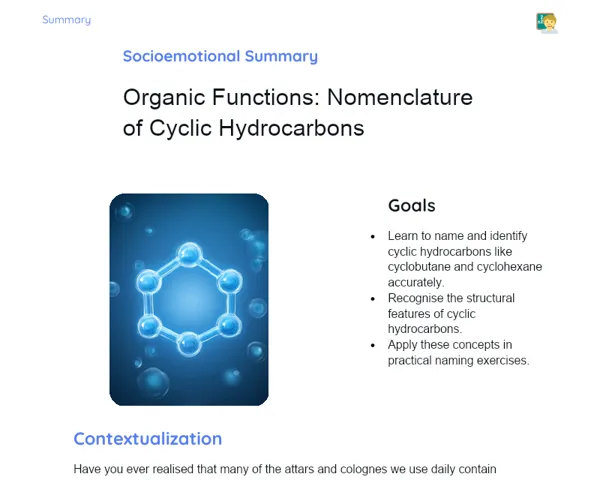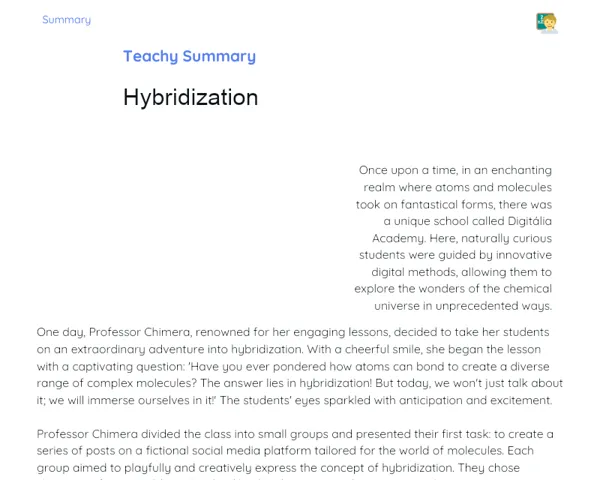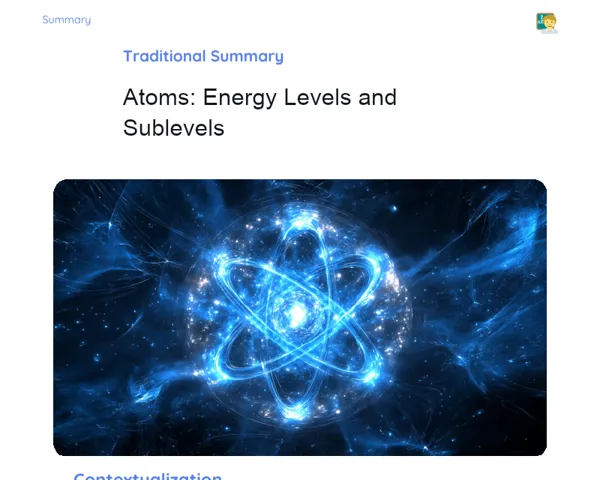Summary Tradisional | Solutions: Reaction Mixing
Contextualization
Solutions are uniform mixtures made up of two or more substances, where one substance, known as the solute, is dissolved in another, called the solvent. We see numerous examples of these mixtures in everyday life, such as in preparing teas, medicines, and cleaning agents. Solutions are also vital in various industrial and laboratory settings, where precise composition and reactions of substances are key to achieving desired outcomes.
When we combine two solutions with different solutes, a chemical reaction can take place. This is especially common in industries like pharmaceuticals, where mixing different compounds leads to the creation of new medications, or in water treatment processes, where various reagents are employed to purify water. Understanding how these solutions behave and the reactions they undergo is critical for solving practical challenges and accurately calculating initial and final concentrations.
To Remember!
Definition of Solutions and Mixtures
Solutions represent homogeneous mixtures where the solute fully dissolves in the solvent. The composition of the resulting solution is uniform, meaning its properties remain consistent throughout. For instance, a salt solution in water is homogeneous, indicating that the salt is evenly distributed across the water.
It's essential to distinguish between the solute and the solvent. The solute is what gets dissolved, while the solvent is the substance that dissolves it. In the example of a salt solution, salt is the solute, and water is the solvent. The ratio of solute to solvent can vary, giving rise to different concentrations.
In contrast to solutions, there are heterogeneous mixtures where the components are not uniformly distributed. A prime example is the mixture of water and oil, which forms distinct layers due to differences in density and polarity.
-
Solutions are uniform mixtures.
-
The solute is the dissolved substance, whereas the solvent is what dissolves it.
-
Example: salt solution in water.
Reactions in Solutions
When we mix solutions that contain different solutes, a chemical reaction can occur between them. These reactions may yield new products and can be depicted using balanced chemical equations. A common example is the reaction between silver nitrate (AgNO3) and sodium chloride (NaCl), resulting in the formation of silver chloride (AgCl) as a precipitate and sodium nitrate (NaNO3).
Reactions in solutions are fundamental in various chemical processes both in industries and laboratories. They facilitate the creation of new compounds and the purification of substances. The formation of precipitates, like in our previous example, is often used for separating and identifying compounds during chemical analyses.
To determine whether a reaction will occur upon mixing solutions, we need to understand the solubility of possible products. Insoluble products will form precipitates, while soluble ones will remain dissolved. Solubility tables and rules for precipitation assist in identifying these outcomes.
-
Chemical reactions can occur when mixing solutions of different solutes.
-
Example: the reaction between AgNO3 and NaCl.
-
The prediction of reactions relies on the solubility of the products.
Concentrations of Solutions
The concentration of a solution refers to the quantity of solute present in a designated volume of solvent or solution. Common units used to express concentration are molarity (M), molality (m), and mole fraction. Molarity is typically shown as mol/L and is frequently utilized in chemical reaction calculations involving solutions.
On the other hand, molality defines the amount of solute in moles per kilogram of solvent (mol/kg). This measure is particularly useful when dealing with varying temperatures, as it remains constant regardless of the solution's volume, which might change with temperature fluctuations. Mole fraction is the ratio of the number of moles of a component to the total number of moles in the solution.
Calculating both initial and final concentrations of solutes during a reaction involves using these units and applying stoichiometry principles. Such calculations are essential for regulating the amounts of reactants and products, and for anticipating the behaviour of the solution throughout and after the reaction.
-
Concentration signifies the amount of solute within a solution.
-
Common units: molarity (M), molality (m), mole fraction.
-
Calculating concentrations is crucial for predicting solution behaviour.
Stoichiometry of Reactions in Solutions
Stoichiometry is a branch of chemistry focused on the quantitative relationships between reactants and products in a chemical reaction. In reactions that happen in solution, stoichiometry assists in calculating the required amounts of reactants and the expected product yields.
To use stoichiometry in solution reactions, we begin by writing the balanced chemical equation. Following this, we apply the concentrations of reactants to determine the moles of each involved substance. These calculations allow us to discern which reactant limits the reaction and to estimate the resulting product quantity.
Additionally, stoichiometry aids in computing the final concentrations of ions in solution post-reaction by factoring in the volumes of the mixed solutions and the moles of reactants involved in the reaction. These computations play a vital role in various practical applications, including preparing solutions in laboratories and industrial processes.
-
Stoichiometry studies quantitative relationships in chemical reactions.
-
Moles of reactants and products are computed using the balanced equation.
-
Identify the limiting reactant and compute final concentrations.
Key Terms
-
Solutions: Uniform mixtures of two or more substances.
-
Solute: Substance that gets dissolved in a solution.
-
Solvent: Substance responsible for dissolving the solute in a solution.
-
Chemical reactions: Changes that occur upon mixing different solutes.
-
Precipitate: Insoluble product that forms during a chemical reaction in solution.
-
Molarity (M): Concentration represented as mol/L of solution.
-
Molality (m): Concentration denoted as mol/kg of solvent.
-
Mole fraction: Ratio of the number of moles of a component to the overall moles in the solution.
-
Stoichiometry: The study of quantitative relationships between reactants and products in chemical reactions.
Important Conclusions
In this lesson, we delved into the characteristics of solutions and mixtures, emphasizing the differences between the solute and solvent, along with how these mixtures can be either homogeneous or heterogeneous. We also examined the chemical reactions that can occur when combining solutions of different solutes, providing practical examples to better illustrate these concepts. The importance of comprehending these reactions was highlighted with relatable instances from our daily activities and industrial practices, such as those in the pharmaceutical sector and water purification.
Moreover, we explored various methods for calculating solution concentrations, including molarity, molality, and mole fraction. These computations are fundamental for forecasting and controlling the behaviour of solutions during chemical reactions. The role of stoichiometry was elaborated, demonstrating how to calculate the required amounts of reactants and products, identify the limiting reactant, and assess the final concentrations of ions in solutions.
Lastly, we acknowledged the significance of mastering this knowledge across different practical and scientific domains. Understanding how to mix solutions and forecast the resulting reactions is essential for addressing practical challenges and conducting experiments with accuracy. Grasping these concepts equips students to tackle both academic and professional obstacles, fostering a scientific and analytical mindset toward real-world issues.
Study Tips
-
Regularly review molarity, molality, and mole fraction concepts, practicing calculations with diverse examples to solidify understanding.
-
Utilize solubility tables and precipitation rules to anticipate chemical reactions in solutions, applying this knowledge to real-world problems.
-
Engage in stoichiometry practice exercises and concentration calculations of solutions to master the necessary procedures and approach complex problems with confidence.



